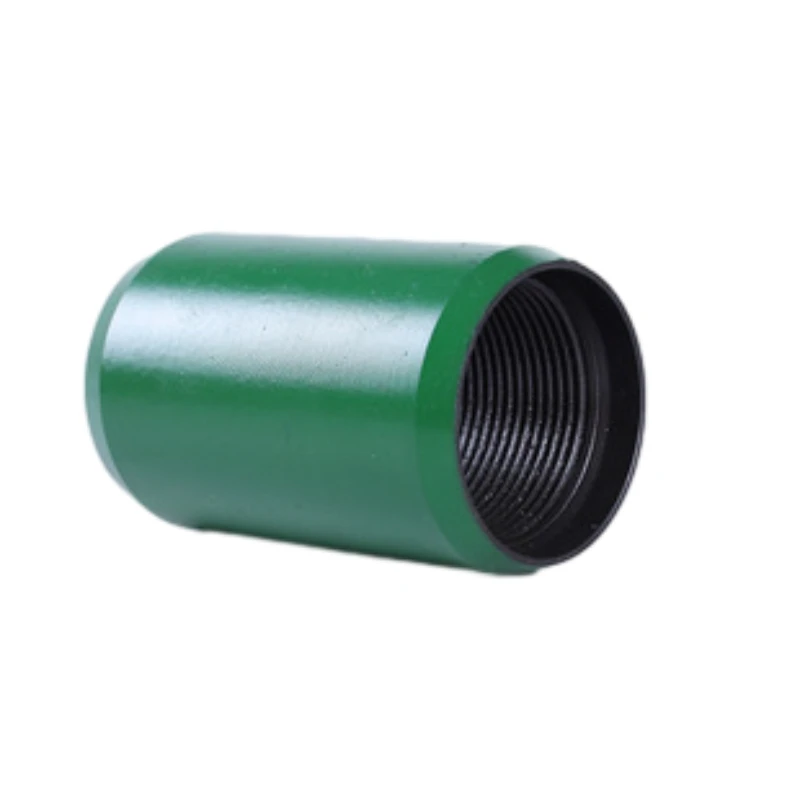- Afrikaans
- Albanian
- Amharic
- Arabic
- Armenian
- Azerbaijani
- Basque
- Belarusian
- Bengali
- Bosnian
- Bulgarian
- Catalan
- Cebuano
- Corsican
- Croatian
- Czech
- Danish
- Dutch
- English
- Esperanto
- Estonian
- Finnish
- French
- Frisian
- Galician
- Georgian
- German
- Greek
- Gujarati
- Haitian Creole
- hausa
- hawaiian
- Hebrew
- Hindi
- Miao
- Hungarian
- Icelandic
- igbo
- Indonesian
- irish
- Italian
- Japanese
- Javanese
- Kannada
- kazakh
- Khmer
- Rwandese
- Korean
- Kurdish
- Kyrgyz
- Lao
- Latin
- Latvian
- Lithuanian
- Luxembourgish
- Macedonian
- Malgashi
- Malay
- Malayalam
- Maltese
- Maori
- Marathi
- Mongolian
- Myanmar
- Nepali
- Norwegian
- Norwegian
- Occitan
- Pashto
- Persian
- Polish
- Portuguese
- Punjabi
- Romanian
- Russian
- Samoan
- Scottish Gaelic
- Serbian
- Sesotho
- Shona
- Sindhi
- Sinhala
- Slovak
- Slovenian
- Somali
- Spanish
- Sundanese
- Swahili
- Swedish
- Tagalog
- Tajik
- Tamil
- Tatar
- Telugu
- Thai
- Turkish
- Turkmen
- Ukrainian
- Urdu
- Uighur
- Uzbek
- Vietnamese
- Welsh
- Bantu
- Yiddish
- Yoruba
- Zulu
API 5CT Tubing Couplings for Enhanced Oil and Gas Drilling Efficiency
Understanding API 5CT Tubing Coupling An Essential Component in Oil and Gas Operations
In the oil and gas industry, the extraction process is heavily reliant on the use of various specialized equipment. Among these, the API 5CT tubing coupling plays a critical role in ensuring the integrity and efficiency of drilling operations. The American Petroleum Institute (API) has established a set of standards, including API 5CT, which governs the specifications for casing and tubing used in the oil and gas sector, making these components indispensable.
What is API 5CT Tubing?
API 5CT refers to a specification for casing and tubing utilized in oil and gas exploration and production. Tubing is a pipe through which oil and gas can flow from the reservoir to the surface. It is essential for maintaining the pressure during extraction and for preventing the intrusion of water or other fluids into the well. Tubing must be robust enough to withstand the harsh conditions of the subsurface environment, including extreme temperatures and pressures.
The Role of Tubing Couplings
A tubing coupling is a short length of pipe, typically threaded at both ends, which connects two lengths of tubing. Couplings play a vital role in ensuring a secure and leak-proof connection between individual lengths of tubing, creating a continuous path for the flow of hydrocarbons from the reservoir. By enabling the extension of tubing strings, couplings are essential for reaching greater depths and accommodating the complexities of varied subsurface conditions.
Key Features of API 5CT Tubing Couplings
1. Material Standards Tubing couplings are often manufactured from high-strength steel that meets the strength and durability requirements outlined in the API 5CT specifications. Common grades include H40, J55, K55, N80, and P110, each with distinct mechanical properties designed to suit different well conditions.
api 5ct tubing coupling

2. Thread Design The threading on tubing couplings is critical for ensuring a tight seal. Various thread types are utilized, including buttress threads and round threads, with specifications ensuring compatibility with tubing joints. Proper thread design minimizes the risk of leakage and enhances the overall strength of the connection.
3. Corrosion Resistance In oil and gas operations, couplings are exposed to corrosive environments, which can result from the presence of hydrogen sulfide, carbon dioxide, and other hostile substances. As such, API 5CT tubing couplings are often treated or coated to enhance their resistance to corrosion and extend their operational lifespan.
4. Performance Testing To ensure reliability, API 5CT specifies rigorous testing protocols for tubing couplings. This includes tensile, yield, and impact strength tests, ensuring that each coupling can withstand the operational stresses it will face during service.
Importance in Oil and Gas Operations
The importance of API 5CT tubing couplings cannot be overstated. They contribute significantly to the safety and efficiency of drilling operations. A leak in the tubing system can lead to catastrophic failures, environmental hazards, and significant economic losses. As such, using high-quality couplings that comply with API standards is crucial for operators aiming to mitigate risks and ensure the smooth operation of their wells.
Moreover, as the oil and gas industry continues to evolve, the need for reliable and efficient components becomes increasingly paramount. The development of new technologies and drilling techniques often demands enhanced specifications for tubing couplings to adapt to deeper and more challenging reservoirs. Thus, ongoing innovation in coupling design and manufacture remains essential for the industry's future.
Conclusion
In summary, API 5CT tubing couplings are fundamental to the successful operation of oil and gas wells. They serve as a critical link between tubing sections, ensuring structural integrity and leak prevention throughout the pipeline. As the industry faces continual challenges, the significance of adhering to API standards for tubing couplings will remain a cornerstone of effective oil and gas extraction. By investing in quality couplings and adhering to industry best practices, operators can improve safety, efficiency, and reliability in their drilling activities.
-
Tubing Pup Joints: Essential Components for Oil and Gas OperationsNewsJul.10,2025
-
Pup Joints: Essential Components for Reliable Drilling OperationsNewsJul.10,2025
-
Pipe Couplings: Connecting Your World EfficientlyNewsJul.10,2025
-
Mastering Oilfield Operations with Quality Tubing and CasingNewsJul.10,2025
-
High-Quality Casing Couplings for Every NeedNewsJul.10,2025
-
Boost Your Drilling Efficiency with Premium Crossover Tools & Seating NipplesNewsJul.10,2025







